Geography Reference
In-Depth Information
WHY ARE LANGUAGES DISTRIBUTED
THE WAY THEY ARE?
The fi rst step in mapping the distribution of world
languages is to classify languages. Linguists and linguistic
geographers classify languages in terms that are also used
in biology and for the same reasons: like species, some lan-
guages are related and others are not. At the global scale,
we classify languages into
language families
. Within a
single language family, the languages have a shared but
fairly distant origin. We break language families into
sub-
families
(divisions within a language family), where the
Linguist Bert Vaux's study of dialects in American English
points to the differences in words for common things such
as soft drinks and sandwiches. Describe a time when you
said something and a speaker of another dialect did not
understand the word you used. Where did the person with
whom you were speaking come from? Was the word a term
for a common thing? Why do you think dialects have differ-
ent words for common things, things found across dialects,
such as soft drinks and sandwiches?
60°
LANGUAGE FAMILIES
OF THE WORLD
40°
40°
ATLANTIC
1
INDO-EUROPEAN
2
AFRO-ASIATIC
OCEAN
Tropic of Cancer
3
NIGER-CONGO
20°
20°
20°
4
SAHARAN
5
SUDANIC
PACIFIC
6
KHOISAN
Equator
0°
7
URALIC
8
ALTAIC
OCEAN
9
SINO-TIBETAN
10
JAPANESE AND KOREAN
20°
20°
20°
Tropic of Capricorn
11
DRAVIDIAN
12
AUSTRO-ASIATIC
13
AUSTRONESIAN
40°
40°
40°
40°
TRANS-NEW GUINEA AND
AUSTRALIAN
14
15
AMERINDIAN
OTHERS
160°
140°
120°
80°
60°
40°
60°
60°
60°
60°
UNPOPULATED AREAS
SOUTHERN
OCEAN
0
1000
2000
3000 Kilometers
0
1000
2000 Miles
Figure 6.8
Language Families of the World.
Generalized map of the world distribution of language
families.
Adapted with permission from
: Hammond, Inc., 1977.










































































































































































































































































































































































































































































